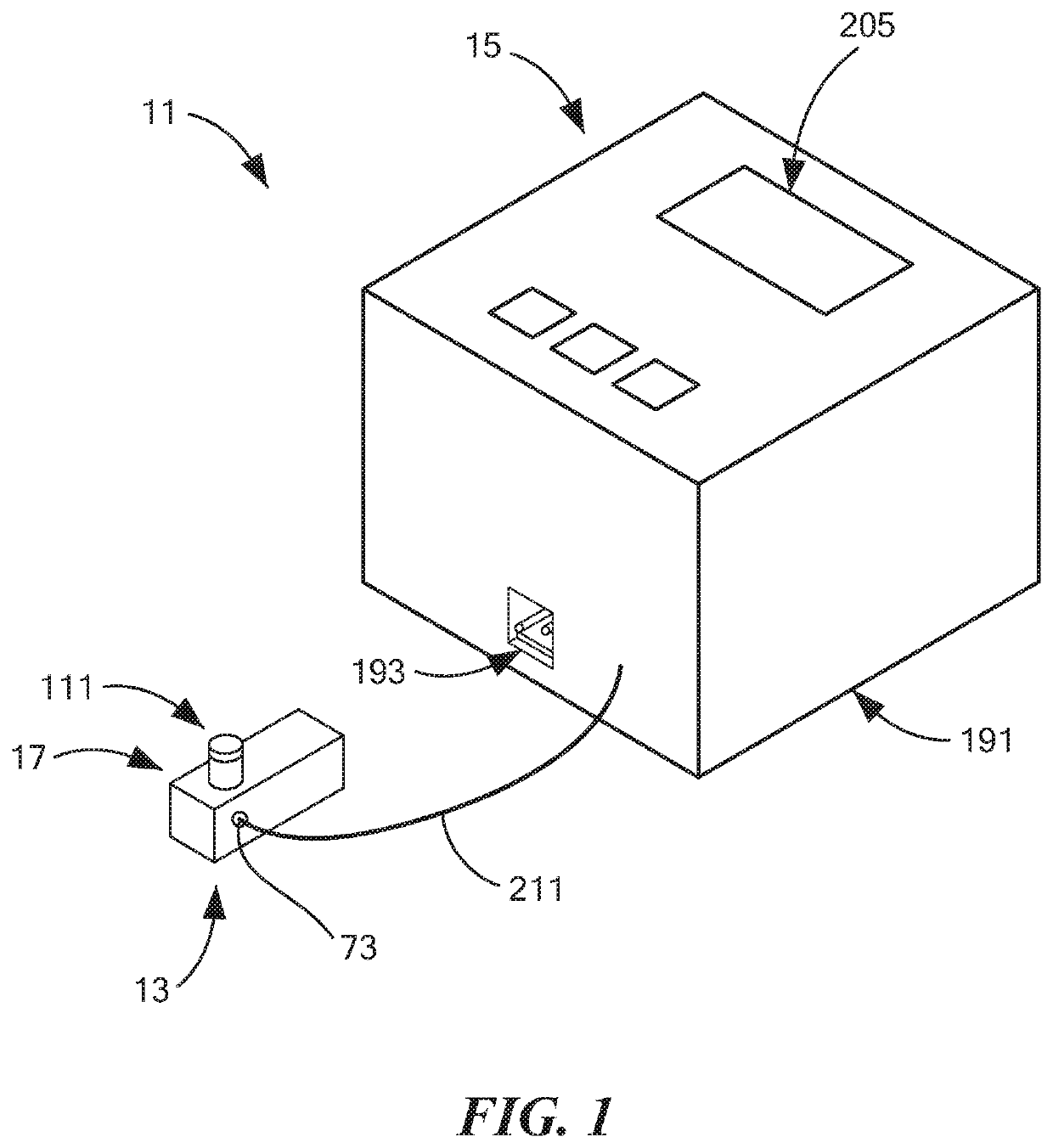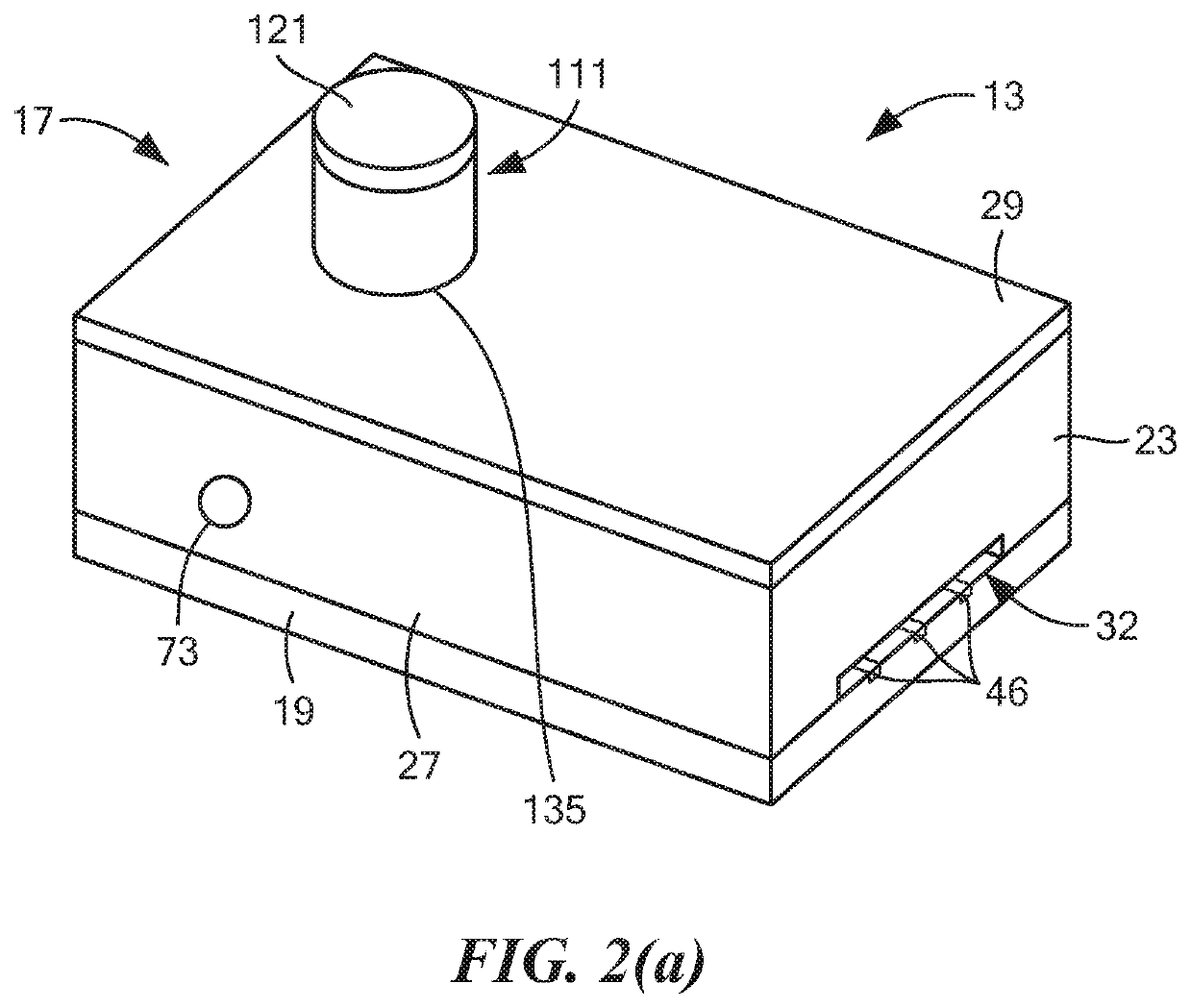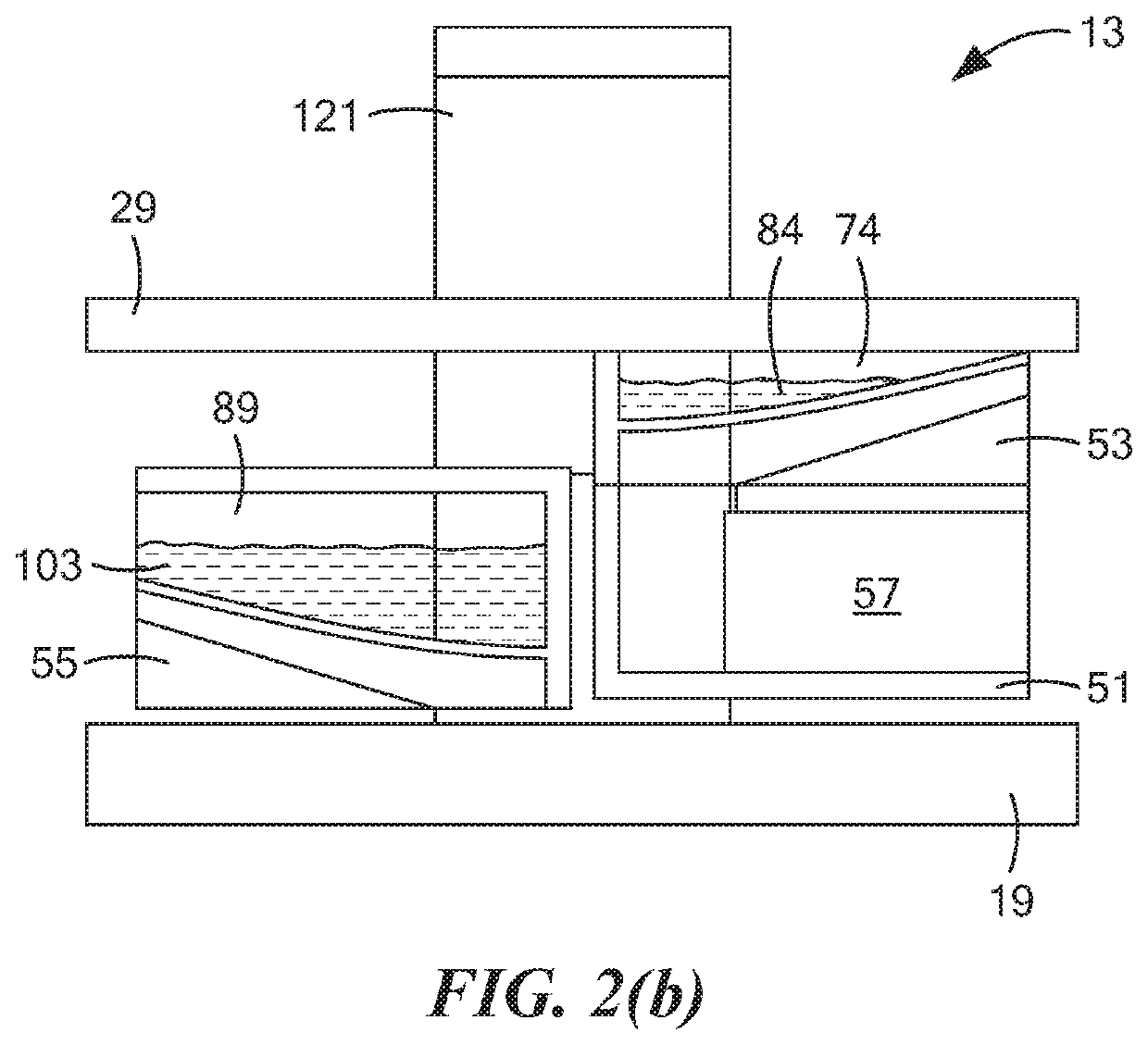Method and system for detection and/or quantification of delta-9-tetrahydrocannabinol in saliva
a technology of delta-9-tetrahydrocannabinol and saliva, which is applied in the detection and/or quantification field of 9-tetrahydrocannabinol (thc) in saliva, can solve the problems of thc binding, double the risk of crash involvement of drivers under the influence of marijuana, and the inability to detect and/or quantify th
- Summary
- Abstract
- Description
- Claims
- Application Information
AI Technical Summary
Benefits of technology
Problems solved by technology
Method used
Image
Examples
example
[0099]To evaluate the selectivity of the present method for THC detection, experiments were conducted in the presence of non-target compounds in saliva, such as thymol (found in mouthwash), eugenol (found in cloves, clove cigarettes), epigallocatechin gallate (EGCG) (found in green tea), capsaicin (found in spicy food) and tobacco smoke. These compounds are considered to represent potential interferents. Human saliva samples were collected from volunteers who had the aforementioned phenolic interferents directly after having them by using the passive drool method. The results (FIG. 15) showed less than 5% false signal at the THC oxidation potential for all the interferents except eugenol. The Table below shows relative standard error for the measurement of 50 ng THC in the presence of different interferents.
TABLESaliva Samplecontains:Obtained ValueError (%)Thymol 47.97 ± 10.11−4.06Eugenol56.12 ± 9.4112.24Capsaicin51.42 ± 0.572.84EGCG51.89 ± 6.463.78Tobacco Smoke51.46 ± 6.102.92
[0100...
PUM
 Login to View More
Login to View More Abstract
Description
Claims
Application Information
 Login to View More
Login to View More - R&D
- Intellectual Property
- Life Sciences
- Materials
- Tech Scout
- Unparalleled Data Quality
- Higher Quality Content
- 60% Fewer Hallucinations
Browse by: Latest US Patents, China's latest patents, Technical Efficacy Thesaurus, Application Domain, Technology Topic, Popular Technical Reports.
© 2025 PatSnap. All rights reserved.Legal|Privacy policy|Modern Slavery Act Transparency Statement|Sitemap|About US| Contact US: help@patsnap.com



